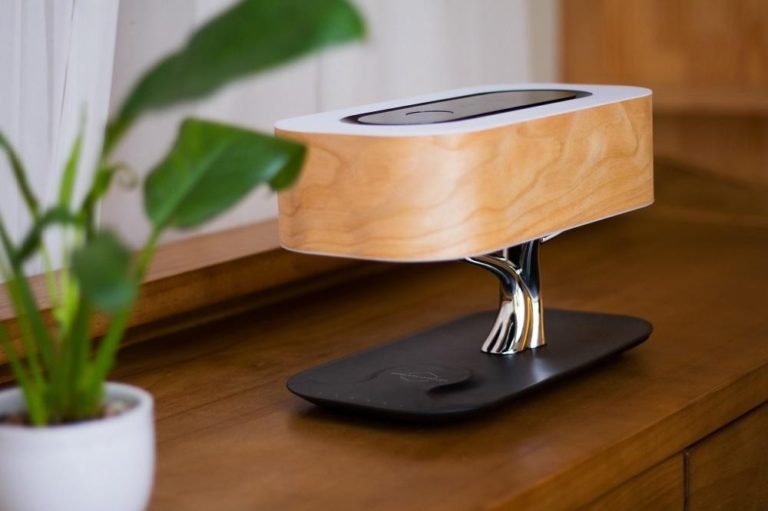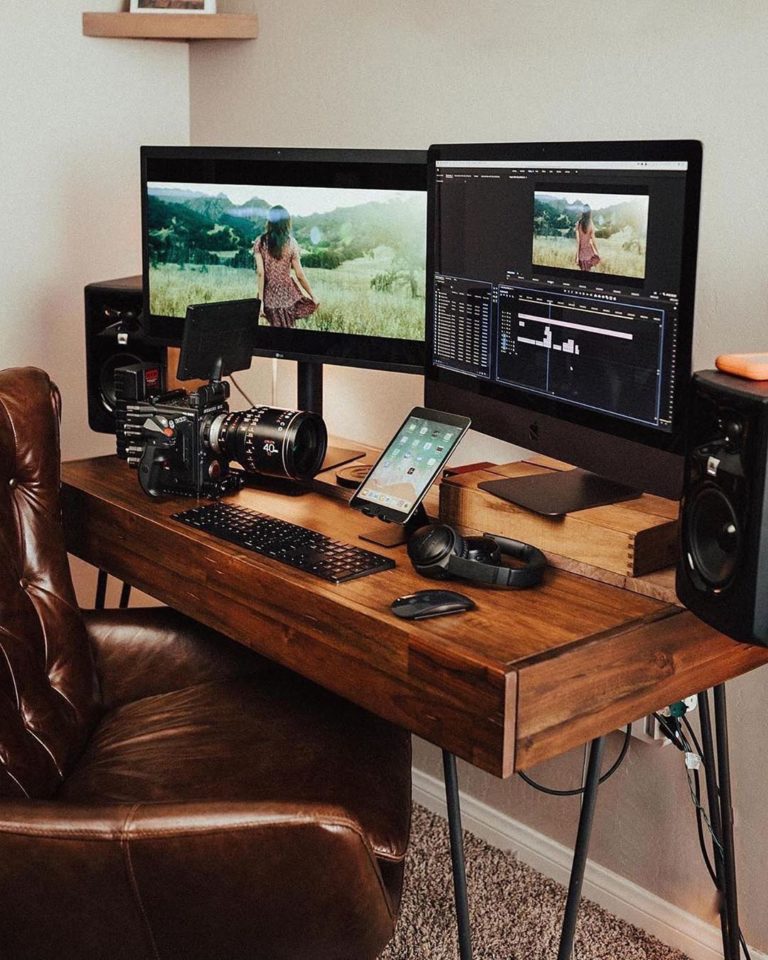How To Choose The Ideal TV Size: What Manufacturers Say vs. What The Experts Say
Choosing a television is a complicated task due to the huge number of variables found in the market: screen resolution, panel type, design, functions and, of course, the inches of your screen. Contrary to what may seem, here does not work “the bigger the better”, but there is an ideal size for each room. With TVs, size does matter.
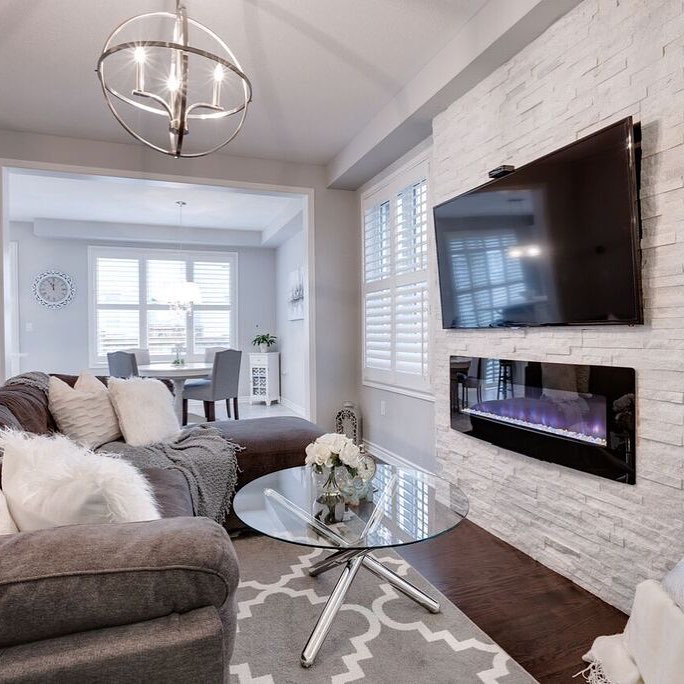
It is so uncomfortable to see a television where we have to scrutinize our eyes to learn what happens or to have the feeling of being too close, as happens when we sit in the front rows of the cinema. So, what size of television shall we choose?
The key to everything: angles and resolutions
Why is there a perfect TV size? It is a matter of presence, a concept that refers to the feeling of immersion we have when we place ourselves in front of the television. And the goal is that we feel as if we were there, on the other side of the screen.
To make this possible, numerous technical factors come into play such as the planes on which the scenes are recorded, the sound, the surroundings, and what is more relevant to this article, the size of the image and the quality of it, two related concepts with the visual angle and resolution.
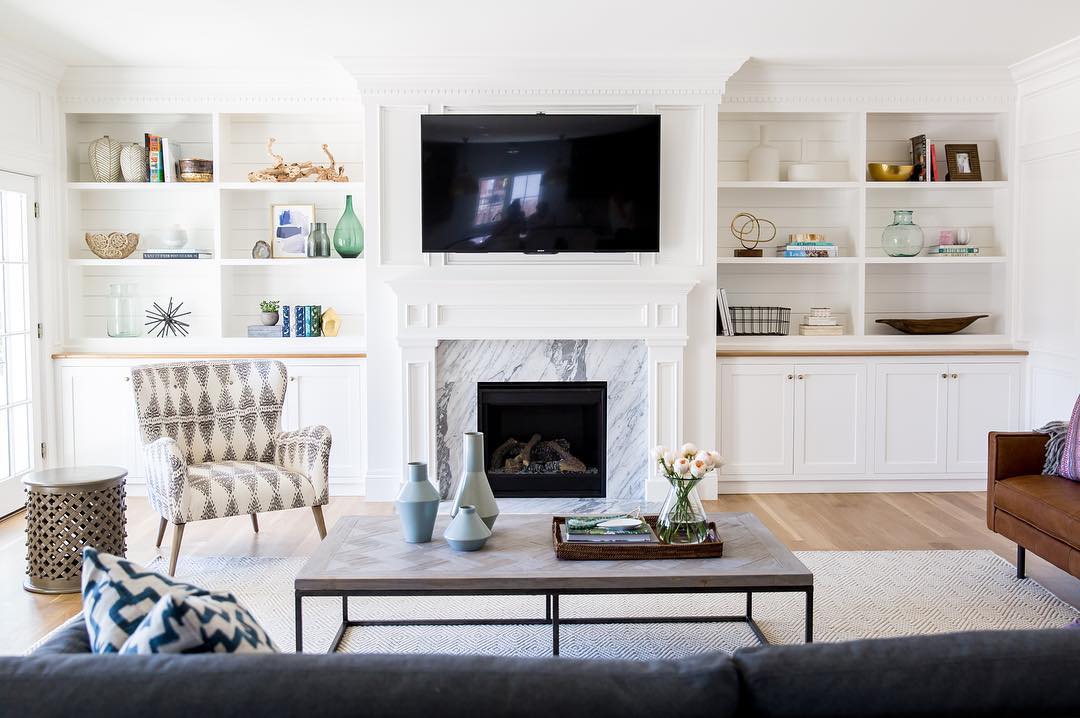
But, let us start at the beginning. The first thing is to be clear that when manufacturers refer to the size of a television, the data they are providing us is the length of the diagonal of the screen, and they also provide it in inches. An inch is 2.54 centimeters. For example, a 40-inch television measures almost one meter (101.6 centimeters) from one corner to the opposite corner.
The angle of vision marks the minimum distance…
When placing a television it is key to choose walls perpendicular to the windows to reduce reflections and take into account that the height of the lower frame must be at eye level.
In the choice of the ideal size of our television, the angle of vision has a protagonist role since it marks the distance to which we will have to place ourselves through geometry.

The ideal viewing distance is affected by the horizontal angle of the camera that captures the image. In an ideal viewing situation, the horizontal angle of the screen would be the same as the angle captured by the camera during shooting, so that viewers would perceive the same relationships that were originally recorded. In reality this is not possible since the recording angles vary with the focal length of the lenses.
As it happens in the cinema, the greater the field of vision covered by the screen, the more sensation of presence is generated. However, the vision system of humans is approximately 135 degrees horizontally, an angle that could make sense to see a movie, but it does not have it for other scenarios such as watching a football game. In addition, not all content is made to see them occupying our entire field of vision.
… and the resolution sets the maximum distance.
We should also pay attention to the resolution, a term that refers to the number of vertical and horizontal lines formed by pixels that a screen can display. At less resolution, fewer pixels and therefore, worse image quality. Resolution is especially important on large screens, where pixels are most noticeable.
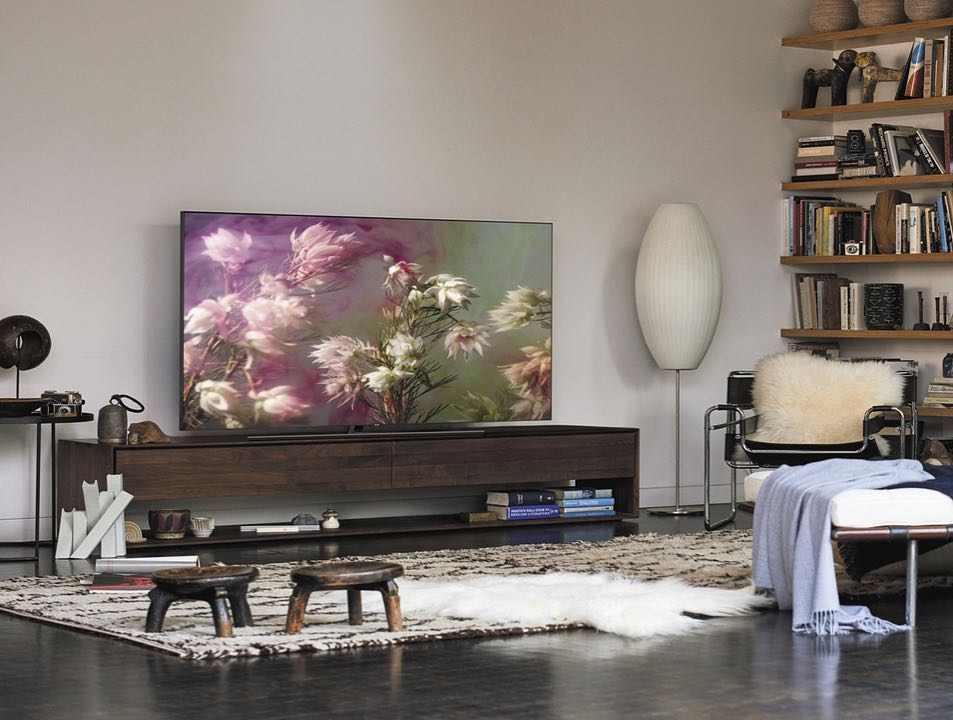
In practice, 4K Ultra High Definition panels (resolution 3840 x 2160) offer four times more level of detail than Full HD (1920 x 1080) precisely because there are four times more pixels.
That’s the reason why you can sit closer in front of a 4K UHD TV than do the same with a Full HD. However, if you feel too far away from the screen, your eye will not be able to appreciate the detail that offers a higher resolution.
Finally, we have the subjective section, and that is that in the choice of the size of the television should not be left solely and exclusively in the hands of numerical equations, but should also come into play our personal preferences and there is no way to see it better than in person.
So, what is the ideal distance?
We already found some references that can help us choose the size of our ideal television in an approximate way.
The essence of all formulas for calculating the size of the perfect television is similar, based on applying a conversion factor on its diagonal. The variations will be found in the input and output units and their limitations, since it is a factor determined by experience and that gives more (or less) importance to some of the points explained in the previous section. In the same way, some of these formulas exceed the decade of antiquity and in that time the technology of the panels and the tastes of the consumer have been changing.

To make a global and unified idea, avoiding conversions and calculations, we show you a series of tables that allow you to approximate the size of the ideal television simply by entering the distance from your eyes.
These tables have been obtained from the formulas offered by the main players in the sector: TV manufacturers, certification companies in the audiovisual industry and large stores. In any case, remember that before deciding, it is key that you experience live how a television looks.
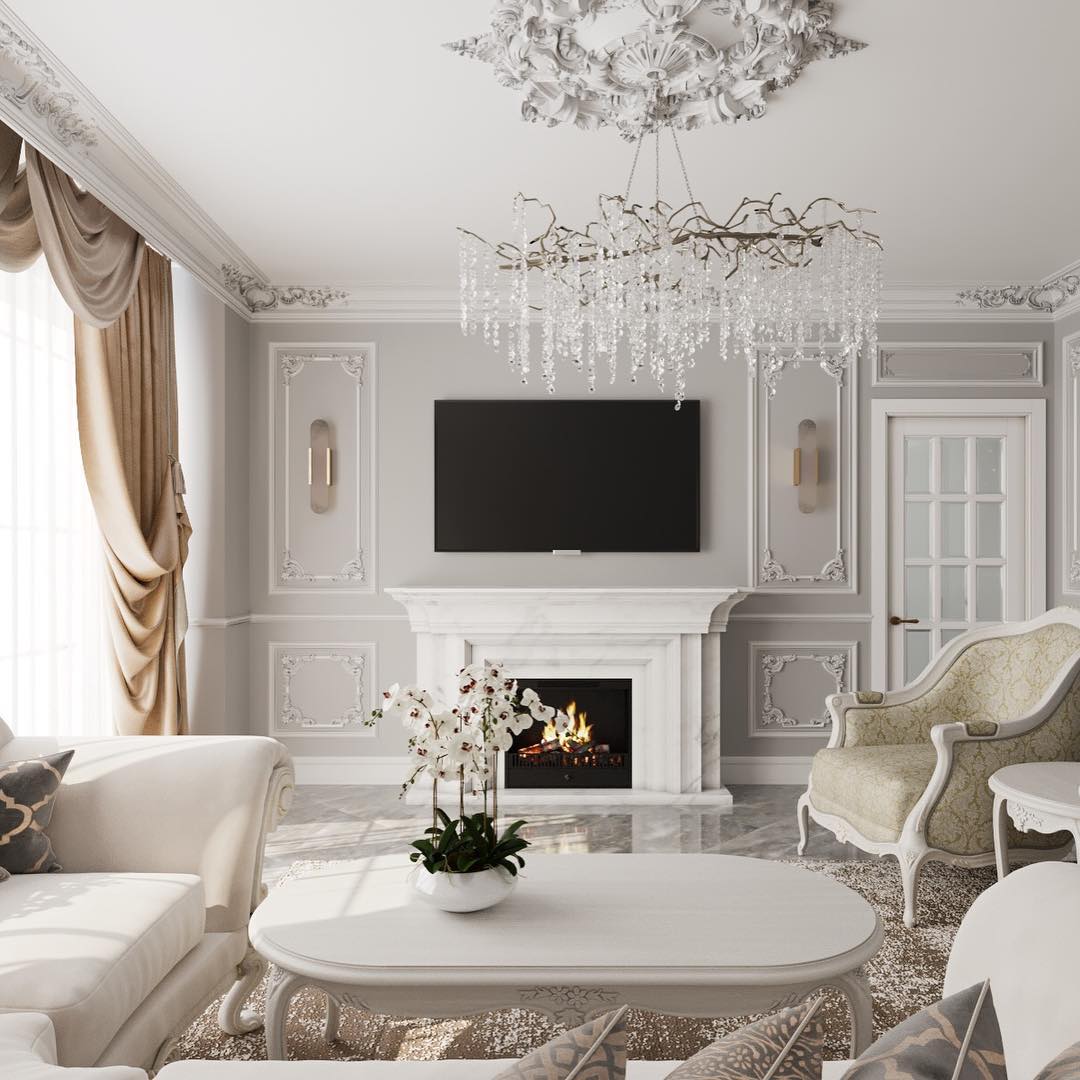
These approximations are more than enough to determine the size of your ideal TV. However, if we are very meticulous, the expert quality engineer LED Carlton Bale has on its website a comprehensive downloadable spreadsheet that takes into account the resolution, distance, capacity of the human eye, the screen ratio, the brightness, the assembly of the TV, the location of the seats and if there are more rows. The objective? Determine if we would truly notice a higher resolution or not in our room. If for example we enter a distance of 3 meters (leaving the rest of the values by default), we will find that the ideal size is about 75-80 inches diagonal for a 4K TV.
What the manufacturers say
Another source to determine the ideal size of television is to go to the manufacturers of televisions, of course, knowing that they are an interested party.
Panasonic provides some formulas to establish its size recommendations taking into account the resolution and a conversion factor that relates the diagonal of the screen with the distance from the TV to our eyes.
| TV Size | Recommended distance for SD | Recommended distance for HD | Recommended distance for 4K | |||
| 65″ | 5,70 m – 18’8″ | 4,10 m – 13’5″ | 2,50 m – 8’2″ | |||
| 58″ | 5,10 m – 16’9″ | 3,70 m – 12’2″ | 2,20 m – 7’3″ | |||
| 55″ | 4,90 m – 16’1″ | 3,50 m – 11’6″ | 2,10 m – 6’11” | |||
| 50″ | 4,40 m – 14’5″ | 3,20 m – 10’6″ | 1,90 m – 6’3″ | |||
| 49″ | 4,30 m – 14’1″ | 3,00 m – 9’10” | 1,80 m – 5’11” | |||
| 43″ | 3,80 m – 12’6″ | 2,70 m – 8’10” | 1,60 m – 5’3″ | |||
| 40″ | 3,50 m – 11’6″ | 2,50 m – 8’2″ | 1,50 m – 4’11” | |||
| 32″ | 2,80 m – 9’2″ | 2,00 m – 6’7″ | 1,20 m – 3’11” |
Samsung even offers an application of recent creation to guide us when choosing the size of our TV oriented models with 4K UHD resolution. These approximations have been obtained from a study conducted by ITU-R (Radio Sector of the International Telecommunication Union) for Samsung Electronics.
What large stores say
Other tables and guidelines for calculating the ideal size of a television can be found in guides offered by large resellers.
Amazon has a “magic formula” that returns the maximum diagonal of the screen depending on the resolution of the TV and the distance at which we locate it.
| TV Size | Recommended distance for HD | Recommended distance for 4K | ||
| 75″ | 2,92 m – 9’7″ | 1,88 m – 6’2″ | ||
| 70″ | 2,73 m – 8’11” | 1,75 m – 5’9″ | ||
| 65″ | 2,53 m – 8’4″ | 1,63 m – 5’4″ | ||
| 60″ | 2,34 m – 7’8″ | 1,50 m – 4’11” | ||
| 55″ | 2,14 m – 7’0″ | 1,38 m – 4’6″ | ||
| 50″ | 1,95 m – 6’5″ | 1,25 m – 4’1″ | ||
| 45″ | 1,75 m – 5’9″ | 1,13 m – 3’8″ | ||
| 40″ | 1,56 m – 5’1″ | 1,00 m – 3’3″ | ||
| 32″ | 1,25 m – 4’1″ | 0,80 m – 2’7″ |
What the industry says
Different organisms associate the ideal distance of vision to the angle on which we should see the screen for a total immersion with the content that we reproduce in it.
The guide provided by the Society of Motion Picture & Television Engineers (SMPTE) recommends sitting at a distance where the screen occupies approximately 30º of your field of vision at least to guarantee a good experience for a consumption of varied multimedia content. Thus, to obtain the ideal distance we must multiply the diagonal of the screen by 1.6.
| TV Size | Recommended distance for any TV | |
| 75″ | 3,10 m – 10’2″ | |
| 70″ | 2,90 m – 9’6″ | |
| 65″ | 2,69 m – 8’10” | |
| 60″ | 2,48 m – 8’2″ | |
| 55″ | 2,28 m – 7’6″ | |
| 50″ | 2,06 m – 6’9″ | |
| 45″ | 1,86 m – 6’1″ | |
| 40″ | 1,66 m – 5’5″ | |
| 32″ | 1,32 m – 4’4″ |
However, if the main destination of your TV is to watch movies, you may want to pay attention to the THX company, which stipulates the audio and video standard for some movie theaters (known as THX certification), and they bring you closer.
THX ensures that the perfect viewing angle of high definition content for a total immersion is 40 degrees, so to calculate the ideal distance of our television we must multiply its diagonal by 1.2.
| TV Size | Recommended distance for any TV | |
| 75″ | 2,29 m – 7’6″ | |
| 70″ | 2,13 m – 7’0″ | |
| 65″ | 1,98 m – 6’6″ | |
| 60″ | 1,83 m – 6’0″ | |
| 55″ | 1,68 m – 5’6″ | |
| 50″ | 1,52 m – 5’0″ | |
| 45″ | 1,37 m – 4’6″ | |
| 40″ | 1,22 m – 4’0″ | |
| 32″ | 0,98 m – 3’3″ |
A practical example
To summarize, we will assume that the distance from my sofa to the furniture where the TV will go is 2.5 meters (8’3″). If I want a 4K TV:
- According to Panasonic my ideal TV is 65 inches.
- For Samsung, we can buy a TV of approximately 82 inches.
- According to Amazon, the maximum diagonal can be 100 inches.
- According to the SMPTE, the ideal is a model of 60 – 65 inches.
- THX says that if we are going to use the television to watch movies, we can exceed 75 inches.
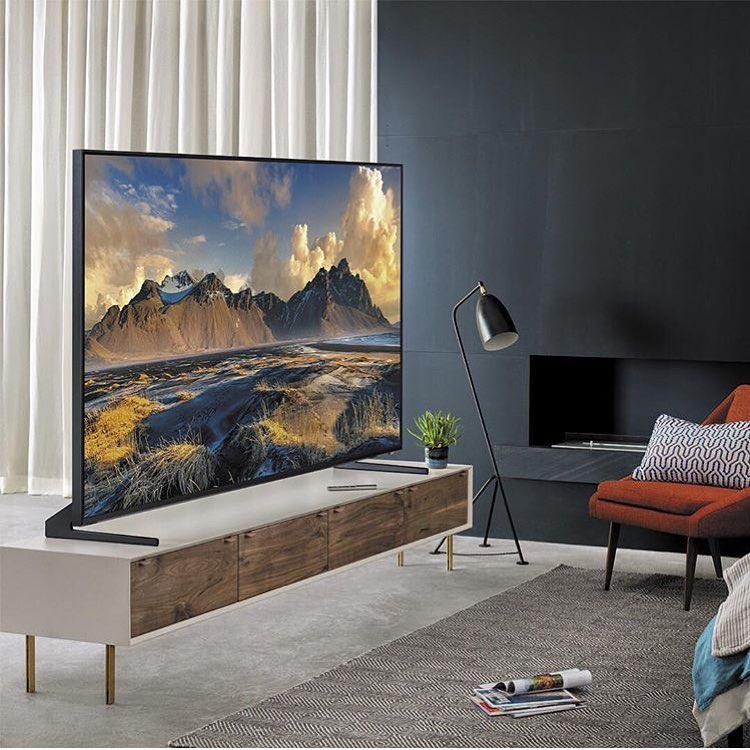
In any case, remember that these are estimates and that the last word has your personal tastes and the experience of testing it live.


